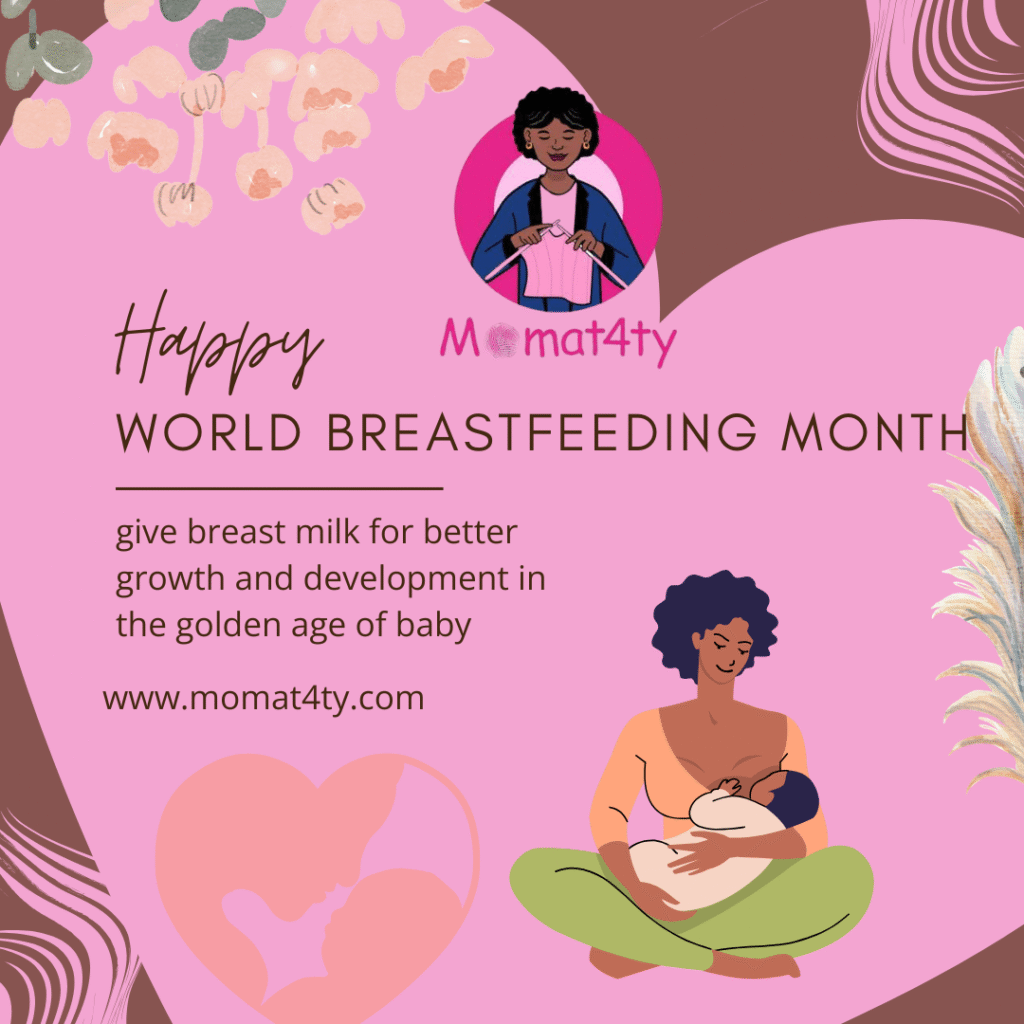August is World Breastfeeding Month, and while the world celebrates the beauty and power of breastfeeding, many women, especially those over 35, quietly face a more complicated story.
Let’s be clear: breastfeeding is a personal journey, not a one-size-fits-all experience. For mothers over 35, hormonal shifts, previous health conditions, or even emotional stress can make breastfeeding feel more like a battle than a bonding moment. I know because I have been there.
But here’s the truth we need to normalise: struggling to breastfeed does not mean failure. And there are natural ways to support your milk production before turning to formula (which is also a valid choice when needed).
Let’s walk through it together.
Why Breastfeeding Matters – Especially After 35
Breastfeeding offers powerful benefits at any age, but for moms over 35, those benefits carry extra weight:
- It strengthens your baby’s immune system, which may be especially helpful if you had a high-risk pregnancy.
- It lowers your risk of heart disease, diabetes, and certain cancers.
- It supports emotional bonding, reducing stress and anxiety for both you and your baby.
But if your milk flow is slow or inconsistent, it can be discouraging. Don’t give up just yet; there’s help. I am sharing this because I know how I felt when I couldn’t produce adequate milk to feed my baby, and imagine my pain, when I found out there were medically proven methods I could use to stimulate milk production, but my medical team never told me about them. Hence, my sharing to help a mom out there satisfy her breastfeeding desire.

7 Natural Ways to Support and Stimulate Breast Milk Production
1. Skin-to-Skin Contact
Cuddling your baby directly on your chest, without clothes between you, stimulates the release of oxytocin, a hormone that supports milk let-down. Do this often, especially in the early days.
2. Frequent Nursing or Pumping
Milk production is a supply-and-demand system. The more you nurse or pump (every 2–3 hours), the more signals your body gets to produce milk.
Tip: If baby is sleepy or not latching well, try power pumping (short, timed pumping sessions) to mimic cluster feeding.
3. Hydrate, Hydrate, Hydrate
Your body needs fluids to make milk. Aim for at least 8–10 glasses of water a day, and include water-rich foods like cucumbers and watermelon.
4. Eat Foods That Support Lactation
Some foods, known as galactagogues, may help boost supply:
- Oats
- Fenugreek (consult your doctor before use)
- Garlic
- Fennel
- Leafy greens
Also, don’t skip meals! A well-nourished body produces better milk.
5. Get Support With Latch and Positioning
A poor latch can hinder milk flow and frustrate both you and your baby. A lactation consultant can help you adjust positioning and guide your technique for effective feeding.
If in-person support is hard to find, ask your midwife or health visitor for virtual resources—they’re available and can make a big difference.
6. Reduce Stress
Easier said than done, right? But high stress affects your milk flow. Try:
- Gentle walks outside
- Deep breathing exercises
- Warm baths
- Saying no to visitors when you need rest
Even 15 minutes of “me-time” matters.
7. Ask Your Doctor About Herbal Supplements
Some women may benefit from supplements like fenugreek, blessed thistle, or moringa, but always check with your doctor first—especially if you’re on medication or have existing health conditions.
And If It Doesn’t Work Out… That’s Okay Too
If, after trying all this, your milk supply remains low, remember: you are still a good mother. You’re nurturing your child in every way that matters, emotionally, mentally, and physically.
Sometimes, the best thing you can do is make peace with your decision and choose formula without guilt or shame. The goal is always a healthy, happy baby and a supported, empowered mother.
In Summary
Breastfeeding after 35 is possible, powerful, and worth the effort, but it comes with real challenges.
This World Breastfeeding Month, we honour every mother’s journey. Whether you’re nursing, pumping, mixed feeding, or formula feeding, what matters is that you’re showing up with love and intention.
Let’s hear from you: What worked (or didn’t) on your breastfeeding journey? Share your story in the comments (on our socials too) or tag @momat4ty to join the conversation.

